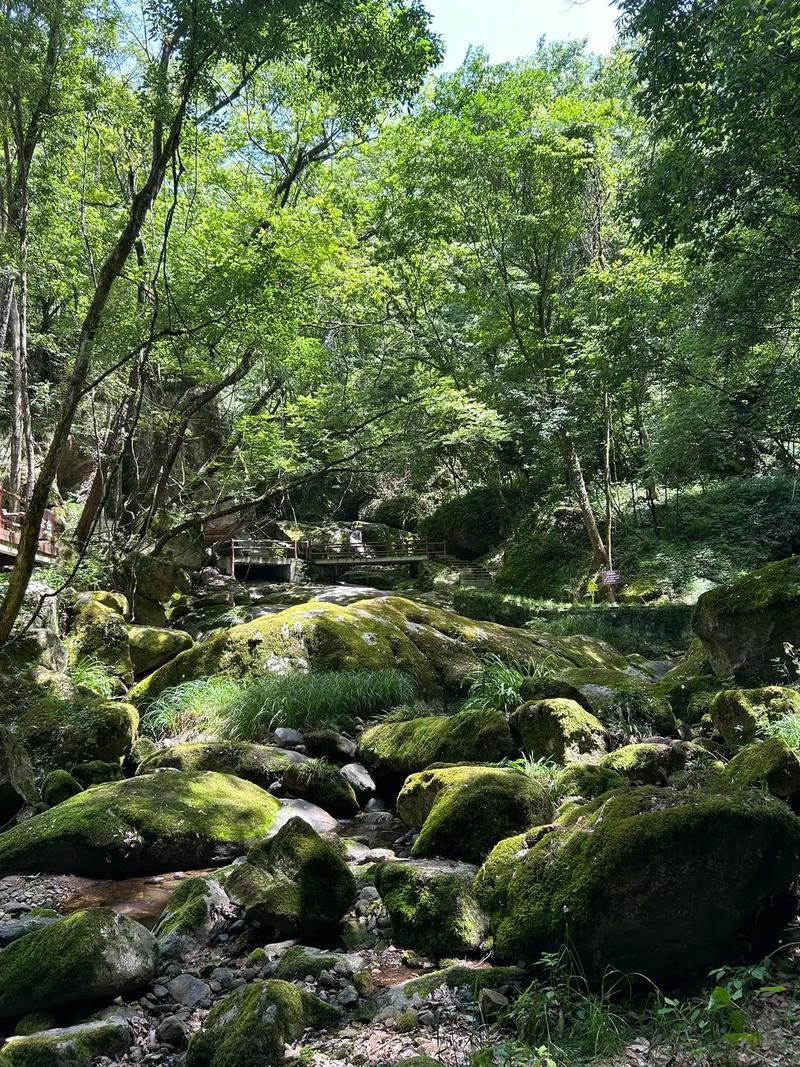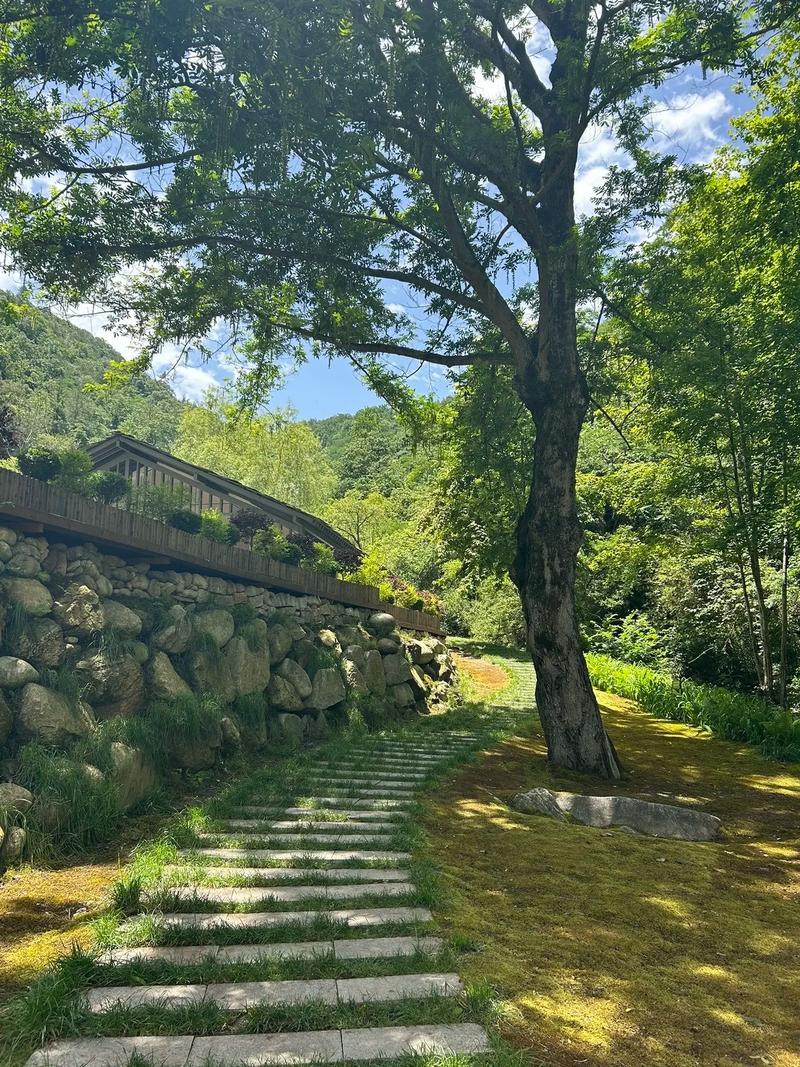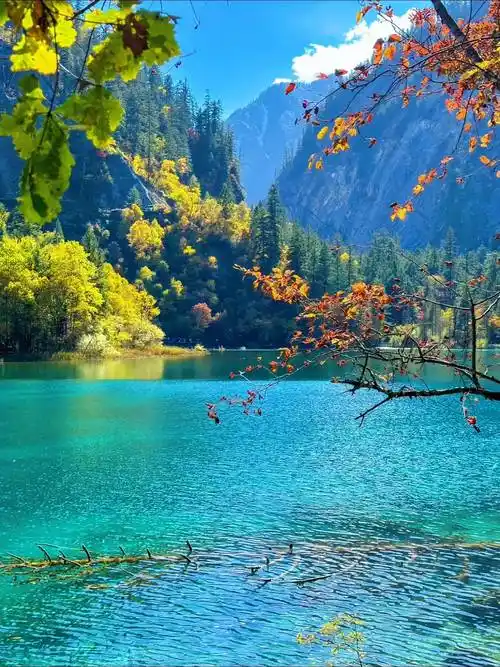USA Travel
US Travel: Coffee Plantation Visits in Hawaii’s Kona Coast
Sipping Paradise: A Journey Through Kona’s Coffee Plantations
There is a unique magic to Hawaii’s Kona Coast. It’s a place where the raw power of volcanic earth meets the gentle embrace of Pacific mist, where the air is thick with the scent of salt and blooming flowers, and where the rhythm of life moves to the slow, steady beat of island time. But for many travelers, the true soul of Kona is not found just on its black sand beaches or in its sapphire waters; it is discovered on the lush, sloping mountainsides, row upon row of deep green trees heavy with bright red fruit. This is the home of 100% Kona Coffee, one of the world’s most prized and expensive coffees, and visiting the farms that produce it is an essential, immersive Hawaiian experience.
The Kona Coffee Belt is a narrow, roughly 30-mile-long stretch along the western slopes of Hualalai and Mauna Loa volcanoes. The region’s unique microclimate is the alchemy behind the bean’s renowned flavor. Mornings begin with brilliant sunshine, which gives way to afternoon clouds and rain showers that provide natural irrigation, followed by clear, calm evenings. This daily cycle, combined with the mineral-rich, porous volcanic soil, creates the perfect conditions for Coffea arabica to develop its complex, nuanced character. A cup of pure Kona coffee is celebrated for its smooth, clean taste, with low acidity and notes of caramel, nut, fruit, and spice—a direct reflection of the ‘āina (land) from which it springs.
A visit to a Kona coffee farm is far more than a simple tasting; it is a cultural and agricultural deep dive. The journey often begins on a winding road, Highway 180, aptly named the “Kona Coffee Scenic Drive.” Turning off this road onto smaller, steeper lanes, visitors are greeted by hand-painted signs beckoning them toward family-owned estates that have operated for generations alongside modern, sleek visitor centers run by larger producers. Each offers a distinct perspective on the same cherished craft.
The most rewarding tours are those that connect you directly to the process and the people. A typical tour might start in the fields themselves. A farmer, often the owner or a family member, will explain the delicate art of coffee cultivation. You learn that each tree is hand-picked multiple times between August and January, as the “cherries” ripen at different rates. It’s back-breaking, skilled labor, and understanding this effort instantly explains the premium price of genuine Kona coffee. You see the vibrant red cherries up close, and the guide might even strip the fruit from a bean with their teeth to show you the raw, green seed inside—the starting point of the journey.
Next, you’re led through the milling process. The sweet, sticky pulp of the cherry must be removed (a process called pulping), and the bean inside must be fermented, washed, and dried to a precise moisture content. The sight of vast decks covered in a single layer of beans, raked by hand under the Hawaiian sun, is iconic. The smell is a unique blend of fermenting fruit and earthy richness. Finally, the parchment skin is removed by hulling, and the beans are sorted, graded, and roasted. The roar of the roaster and the intoxicating aroma that fills the air—a smell utterly different from brewing coffee, more like toasted nuts and baking bread—is a highlight of any visit.

Of course, the culmination of the tour is the tasting, or “cupping.” This is where the terroir reveals itself. At places like Greenwell Farms or Hula Daddy Kona Coffee, expert guides demonstrate the professional way to slurp coffee to aerate it across the palate. You might taste several different grades or roasts, from a light, floral Estate roast to a dark, bold French roast. The differences can be astonishing. You learn to identify the smooth body, the lack of bitterness, and the subtle flavor notes that make Kona coffee exceptional. It’s an education in refinement that will forever change how you drink coffee.
Beyond the process, the stories give the experience its heart. Many farms are multi-generational family endeavors, with roots stretching back over a century to the first Japanese, Filipino, and European immigrants who carved these farms out of the volcanic rock. At a place like Kona Coffee Living History Farm, a historic farm operated by the Kona Historical Society, you can step back in time. Costumed interpreters depict the life of a Japanese coffee farming family in the 1920s-1940s, showing the humble home, the drying decks, and the family’s vegetable garden. It’s a powerful reminder that this luxury product was born from immense hardship, perseverance, and community.
For a more modern, scientific approach, a visit to the UCC Hawaii Kona Coffee Estate is fascinating. This large, Japanese-owned operation is a model of precision and technology, using state-of-the-art equipment to control every variable of the drying and roasting process, aiming for perfect consistency. The contrast between their high-tech facility and the rustic, hands-on methods of a small family farm illustrates the diverse spectrum of Kona coffee production today.
No matter which farm you choose, a few tips will ensure a better experience. Plan ahead and book tours, especially for smaller farms. Wear comfortable shoes for walking on uneven terrain. Go in the morning for the clearest views of the coastline from the high slopes. And most importantly, buy directly from the farm. Not only are you guaranteed absolute freshness and authenticity, but you are directly supporting the families who pour their lives into this craft. Look for the label “100% Kona Coffee” to avoid blends, which mix Kona beans with cheaper imported ones.
Leaving the cool, fragrant air of the coffee belt and descending back toward the coast, you carry more than just a bag of freshly roasted beans. You carry the memory of the landscape, the respect for the labor, and the taste of a place captured in a cup. A visit to Kona’s coffee plantations is a journey into the essence of Hawaii itself—a story of nature’s bounty, cultural fusion, and passionate dedication. It is a travel experience that engages all the senses and leaves a rich, lasting flavor long after the vacation ends.
相关文章
- US Travel: Chocolate Factory Tours in Pennsylvania’s Hershey
- US Travel: Pizza Tasting in New York City’s Manhattan
- US Travel: Cajun Cuisine Tours in Louisiana’s Lafayette
- US Travel: Bourbon Tasting in Kentucky’s Lexington
- US Travel: Donut Tours in Massachusetts’s Boston
- US Travel: Tacos in California’s Los Angeles
- US Travel: Seafood Feasts in Washington’s Seattle
- US Travel: Maple Syrup Tasting in Vermont’s Burlington
- US Travel: Craft Cider Tours in New York’s Hudson Valley
- US Travel: Barbecue Tours in Tennessee’s Memphis
发表评论
评论列表
- 这篇文章还没有收到评论,赶紧来抢沙发吧~


